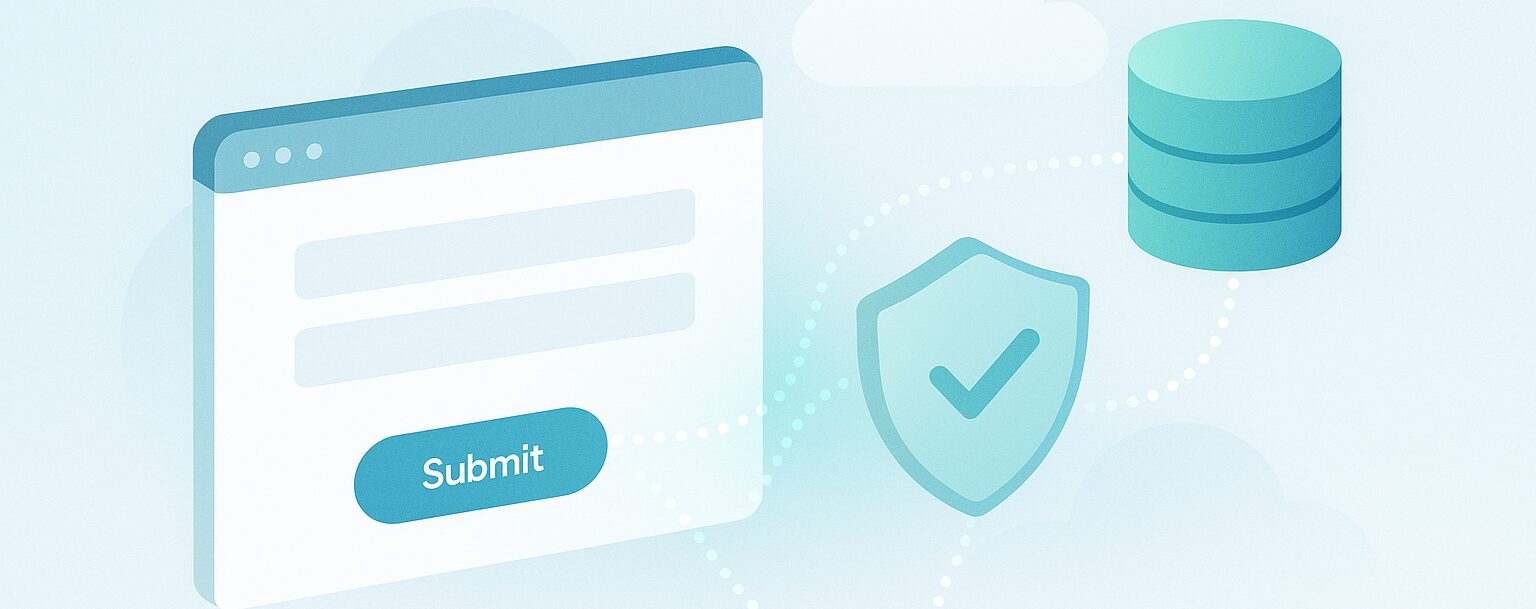Introduction: The Art of the Inbox
Introduction
Modern marketing thrives on agility, precision, and efficiency. However, for marketing operations professionals, the reality often involves repetitive tasks—cloning programs, filling tokens, and managing campaigns—all of which drain resources and limit strategic focus.
We came across a MUG Youtube post on this topic by Lucas Gonsalves and Tyron Pretorious and insights from it inspired this blog post. They have done an amazing job on sharing their thoughts on how to leverage the Marketo API to automate repetitive tasks, freeing up time for strategic work that drives impact
The Need for Automation in Campaign Operations
Imagine starting your day with a request to create 25 webinars. Each requires cloning templates, filling tokens, and activating smart campaigns. A marketer’s nightmare? Absolutely. This mundane workload is precisely what the Marketo API is designed to eliminate.
Here’s why automation with APIs is critical:
- Efficiency Gains: Automating repetitive tasks like program cloning saves time.
- Consistency: Automation ensures tokens are correctly populated, minimizing human error.
- Strategic Focus: Freeing time from repetitive work allows marketers to engage in high-value activities, like crafting strategies and enhancing ROI.
In Marketo, the API enables:
- Cloning programs.
- Updating tokens.
- Activating smart campaigns.
- Automating data flows between systems like Google Sheets, Jira, or Slack.
Use Case 1: Bulk Program Creation
The Challenge
Lets say, a demand generation team requires 25 webinar programs created and activated within a single day. Each program needs unique token values and active smart campaigns—a labor-intensive process if done manually.
The Solution
From the MUG Video we learnt that we can:
- Prepare a Spreadsheet: Input program names, webinar details, and token values.
- Build a Python Script: The script:
- Clone a template program 25 times.
- Populate tokens using the spreadsheet data.
- Activate smart campaigns.
- Run the Automation: The result? 25 consistent, error-free webinar programs created in minutes.
The Impact
- Time Saved: Hours of manual work reduced to minutes.
- Error Reduction: Eliminated token misconfigurations and inconsistencies.
- Scalability: Automation ensured the system could handle even larger workloads seamlessly.
Use Case 2: On-Demand Program Creation with Enhanced Flexibility
The Challenge
Lets say a demand generation team needs programs created on-demand for paid campaigns. These campaigns require:
- UTM parameters for tracking.
- Programs placed in the correct folder hierarchy.
- Smart campaign descriptions customized for each campaign.
The Solution
From the MUG video we learnt that using Google Forms, Google Sheets, and Zapier integrated with the Marketo API, we can:
- Automate Input Collection: Demand gen teams can submit requests through Google Forms.
- Generate UTM Parameters: A Zapier workflow can populate a Google Sheet with UTM values.
- Clone the Right Program: The API can identify and clone the most relevant template.
- Update Tokens: Tokens can populate based on form submissions.
- Customize Campaigns: Smart campaign descriptions can include unique query strings for easy tracking.
- Communicate Progress: Automatically create Jira tickets and send Slack notifications to relevant teams.
The Impact
- Real-Time Execution: Teams can receive programs quickly, reducing delays in campaign launches.
- Streamlined Collaboration: Automated ticketing and notifications can ensure alignment between marketing ops and demand gen teams.
- Improved Tracking: Custom UTM parameters can enhance campaign performance analysis.
Common API Use Cases for Marketing Operations
- Duplicate Management: Merge leads programmatically to save database costs.
- Email Newsletter Automation: Populate email templates directly from Google Sheets.
- Data Reversion: Revert accidental data changes using API-based workflows.
- Cost Assignment: Upload historic paid campaign costs into Marketo for accurate attribution.
- Asset Tracking: Automate content performance tracking through pre-configured programs.
Overcoming Challenges with Marketo API
API Call Limits
Efficient design ensures API usage stays within limits. Examples include storing program IDs for reuse and leveraging bulk API for data-heavy tasks.
Timeouts in iPaaS Tools
For workflows requiring longer processing times, tools like Workato handle API call timeouts better than Zapier.
Getting Started with API Requests
Even beginners can start automating with ChatGPT for code generation and tools like Postman for testing.
Conclusion: The Future of Marketing Ops with API Automation
The Marketo API is more than a tool—it’s a catalyst for transforming campaign operations. By automating repetitive tasks, improving consistency, and enabling strategic focus, it empowers marketing teams to operate at peak efficiency.
Reference – https://mugs.marketo.com/events/details/marketo-adobe-deep-dive-mug-presents-automating-amp-streamlining-campaign-operations-using-the-marketo-api/




